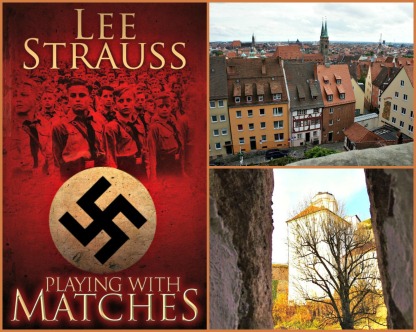
Tracey Warr is here with the Anglo-Irish actress and writer Carol Drinkwater, who has chosen to live in the country that right now is the focus of world attention due to its impending election: France. Her works powerfully depict the Provençal countryside and other parts of the Mediterranean where olive trees flourish.
Greetings, Displaced Nationers. My guest is the writer, actress, filmmaker and farmer Carol Drinkwater.
But before we meet her and she transports us, with her words, into the part of the world that provides the setting for so many of her books, I should mention that Carol grew up between English and Irish cultures. Born in London to an Irish mother and British father, she spent her childhood between a farm run by her grandparents in the village of Coolrain, County Laois, and her family’s home in southern England.
In her early twenties, she moved to Rome—and still returns to that city three times a year.
And she was an aspiring actress working in Germany when the call came from her agent that would change her life: a chance to play the vet’s wife, Helen Herriot, in the hit BBC TV series All Creatures Great and Small, based on British veterinary surgeon James Herriot‘s semi-autobiographical novels.
The series was so popular, Carol Drinkwater became a household name in Britain. At that point, she thought she would end up in Hollywood. As she told the FT recently: “I did not expect my path would lead towards the Mediterranean and olives.”
But then another life-changing event occurred: she met French documentary filmmaker Michel Noll. After leaving All Creatures Great and Small, she headed to Australia to act in Golden Pennies, a TV series about the struggles of a mining family during the 19th-century Australian gold rush, for which Michel was executive producer. (The series would become the basis for Carol’s first book, The Haunted School, about an English governess who runs a school in a remote Australian gold mining town—which in turn became its own TV series.)
The couple moved to the French Riviera and purchased a very rundown olive farm overlooking the Bay of Cannes. As she told the FT:
I had only known him for four months, and there we were, buying a rundown property in France together. I wanted to embark on a new life and I was letting go of the other one, but I did not know where it was going to take me.
It has, of course, taken her into the life of a successful displaced writer. Since moving to France Carol has written 22 books, including
In 2015 Penguin Books UK announced a deal signed with Drinkwater to write two epic novels. The first, The Forgotten Summer, was published in March 2016 and is out now in paperback. Set in a French vineyard, the book is, as one critic declared, “packed with the sunshine, scents and savors of the South of France.”

The three works that Carol Drinkwater discusses in her Location, Locution interview
The second novel, The Lost Girl, is due for publication on June 29 (it’s available for pre-order on Amazon UK; international edition expected in September).
In addition to writing, Carol is organic farmer (her farm produces about 500 litres of high quality organic olive oil a year) and a filmmaker. Most recently, she created a series of five documentary films inspired by her Mediterranean travel books. Watch the trailer here:
* * *
Welcome, Carol, to Location, Locution. Which comes first when you get an idea for a new book: story or location?
In the instance of The Forgotten Summer, location came first. I was travelling in Algeria for The Olive Tree. During my month-long visit I became aware, as I moved about that vast country, that all about me were magnificent overgrown vineyards. These, I learned, were abandoned by the French colonials at the end of the Algerian War of Independence (1962), when one million French were obliged to flee the country. Most of those refugees settled in the south of France because it offered a similar climate and lifestyle. That is where my story began: a woman, her son and sister-in-law escape Algeria. They purchase a vast vineyard in the south of France bringing with them secrets and large amounts of money. I was then on home ground. My main area of research after that was the local wine industry. I spent a great deal of time visiting vineyards all along the French Mediterranean coast, learning the work and tasting the wines. Great fun.
What’s your technique for evoking the atmosphere of a place?
I need to live it. By that I mean that I will breathe in and note down every detail I can lay my hands on. Perfumes, temperatures, colours, geographical details, history of the region, food. I am meticulous. I will read everything I can. Cookbooks, history books, travel journals, sometimes diaries. I visit markets; I talk to anyone and everyone; try to wheedle my way into the homes of locals. I travel to all points mentioned in the books, of course. I also try to learn a little of the language. I am French-speaking so that helps me with all my books set in France.

But is there any particular feature that creates a sense of location? Landscape, culture, food?
The balance I give all these points very much depends on the book I am writing. Obviously if it is a travel book such as The Olive Route or The Olive Tree then the geographical location, history, probably culture and dominant religion and politics, matter greatly. For The Forgotten Summer, which is set on a vineyard in the South of France, the food and wines are essential to the storyline. Weather patterns also matter greatly to me.
Can you give a brief example of your latest work that illustrates place?
Here is a short extract from The Forgotten Summer describing land clearance in rural southern France:
The oniony scent of felled vegetation: weeds, wild flowers and grasses levelled. It was an exhilarating perfume. The buzz and thrum of machines firing in every direction. There was an unexpected splendour, a grace, in the sight and motion of the men hard at work. Figures squatting in the shade of the pins parasols for refreshment breaks, labouring in the fields amid the sun-blasted yellow of Van Gogh, the delicate tones of Paul Cézanne, and even, in the pre-dawn light, if she were out of bed to ride with the crew, a hint of Millet’s The Angelus.
Distant pines reaching for the sky, bleached-out vegetation, sea and mountains with only heat and crickets to remind Jane that there was life born of this ancient rock-solid stillness. Rural panoramas were being stripped and reconfigured by the muscular labourers with their chainsaws and cutting machines, their strong hands as rough and hirsute as giant spiders….Ahead of and encircling them lay semi-jungled fields, groves, vineyards climbing towards the purple-blue mountains.

How well do you need to know the place before using it as a setting?
Time spent in situ and depth of experience are both extremely important to me. I am not comfortable unless I know how the streets smell, which varieties of trees and plants grow in the vicinity, the local wildlife. The tolling of church bells or the cry of the muezzin? Costumes, clothes of the period. For the novel I am currently writing, one of the two leading female characters dreams of being an actress, so I had great fun reading old French movie and fashion magazines. I love choosing the cars that each character will drive; what date the automobiles were produced. I think about how different the French Riviera is today compared to, for example, the late forties or early fifties of the last century. It is all these tiny details and many more that I have such fun discovering and that make the difference.
Which writers do you admire for the way they use location?
Graham Greene, of course, is a master. Few writers match his ability to create within one or two lines a local character or flavour. Just one example is The Heart of the Matter, which is set in West Africa: marvellous. You want to swot away the flies! (By the way, he lived near me in the South of France and we talked once or twice about books and publishing!) Isabel Allende’s The House of the Spirits. Or, if you are attracted to Naples and southern Italy, try the Neapolitan novels of Elena Ferrante. She is a novelist who allows you to smell the streets, hear the creaking wheels of old bikes and automobiles, the cries from on high in the tenements. Khaled Hosseini’s The Kite Runner is a very evocative and moving introduction to Kabul, Afghanistan, and really sets up the changes from pre-Taliban days. I read a great deal of travel writing, too.

Carol Drinkwater’s picks for novelists who have mastered the art of writing about place
Thanks so much, Carol, for your answers. It’s been a pleasure.
* * *
Readers, any questions for Carol? Please leave them in the comments below.
Meanwhile, if you would like to discover more about Carol Drinkwater and her creative output, I suggest you visit her author site. You can also follow her on Facebook and Twitter.
And since ML brought up the French election at the outset, let’s give Carol the last word on the matter; here’s her recent tweet:
À bientôt! Till next time…
* * *
Thank you so much, Tracey and Carol! I am intrigued that, unlike your last interviewee, Stephen Goldenberg, Carol favors meticulous research. Maybe it’s the actress in her, but she doesn’t seem to be a reclusive sort of writer. She says she’ll talk to anyone and everyone and also speaks French well enough to “wheedle her way into” people’s houses. I’m guessing this is why her readers find her books so authentic? —ML Awanohara
Tracey Warr is an English writer living mostly in France. She has published three early medieval novels with Impress Books: Conquest: Daughter of the Last King (2016), The Viking Hostage (2014), and Almodis the Peaceweaver (2011), as well as a future fiction novella, Meanda (2016), set on a watery exoplanet, as well as non-fiction books and essays on contemporary art. She teaches on creative writing courses in France with A Chapter Away.
STAY TUNED for next week’s fab posts!
If you enjoyed this post, we invite you to register for The Displaced Dispatch, a round up of biweekly posts from The Displaced Nation and much, much more. Register for The Displaced Dispatch by clicking here!
Related posts:
Photo credits:
Top visual: The World Book (1920), by Eric Fischer via Flickr (CC BY 2.0); “Writing? Yeah.” by Caleb Roenigk via Flickr (CC BY 2.0); author photo, supplied; other photos via Pixabay.
All other visuals are from Pixabay.
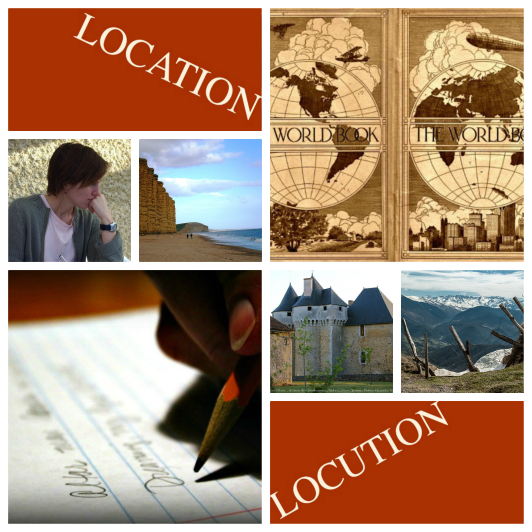
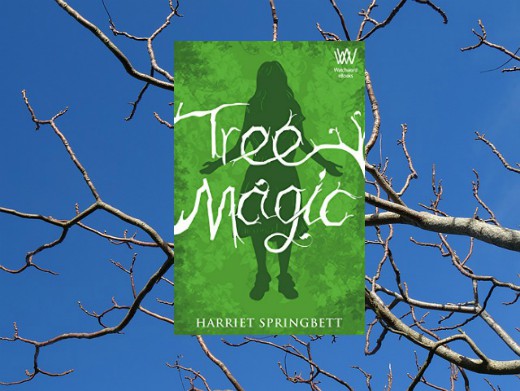
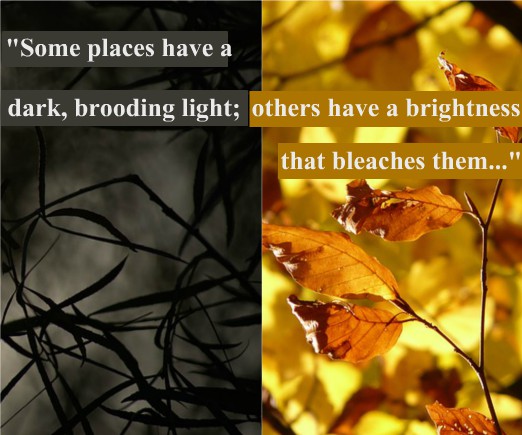
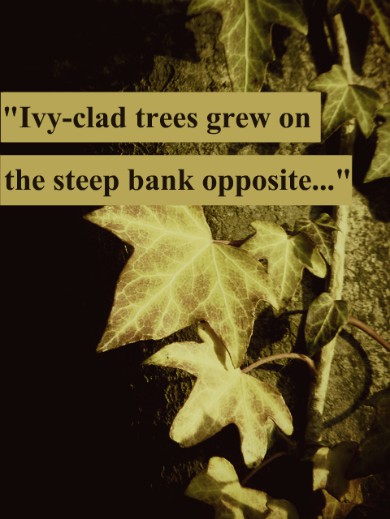
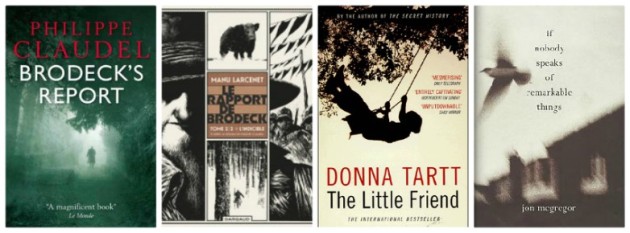
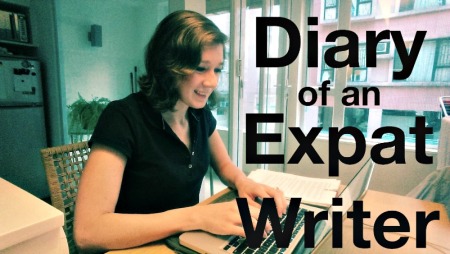
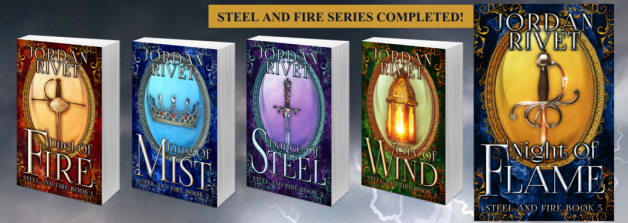

















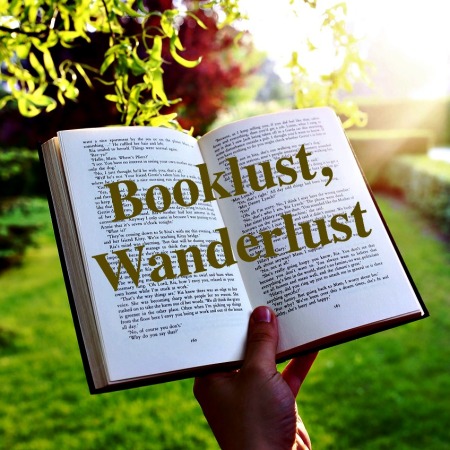

 Cambodia Noir
Cambodia Noir Inspector Singh Investigates: A Frightfully English Execution
Inspector Singh Investigates: A Frightfully English Execution in the seventh book in her series. Each book provides not only a puzzle for the reader to solve but also a close-up look at the locations where the books are set. This is the Inspector’s first time out of Asia, and I’m looking forward to seeing what he discovers in the UK.
in the seventh book in her series. Each book provides not only a puzzle for the reader to solve but also a close-up look at the locations where the books are set. This is the Inspector’s first time out of Asia, and I’m looking forward to seeing what he discovers in the UK. No Baggage: A Minimalist Tale of Love and Wandering
No Baggage: A Minimalist Tale of Love and Wandering The Road to Little Dribbling
The Road to Little Dribbling In Other Words
In Other Words What Belongs to You
What Belongs to You The High Mountains of Portugal
The High Mountains of Portugal Under the Spanish Stars
Under the Spanish Stars Up from the Sea
Up from the Sea Up to this Pointe
Up to this Pointe




